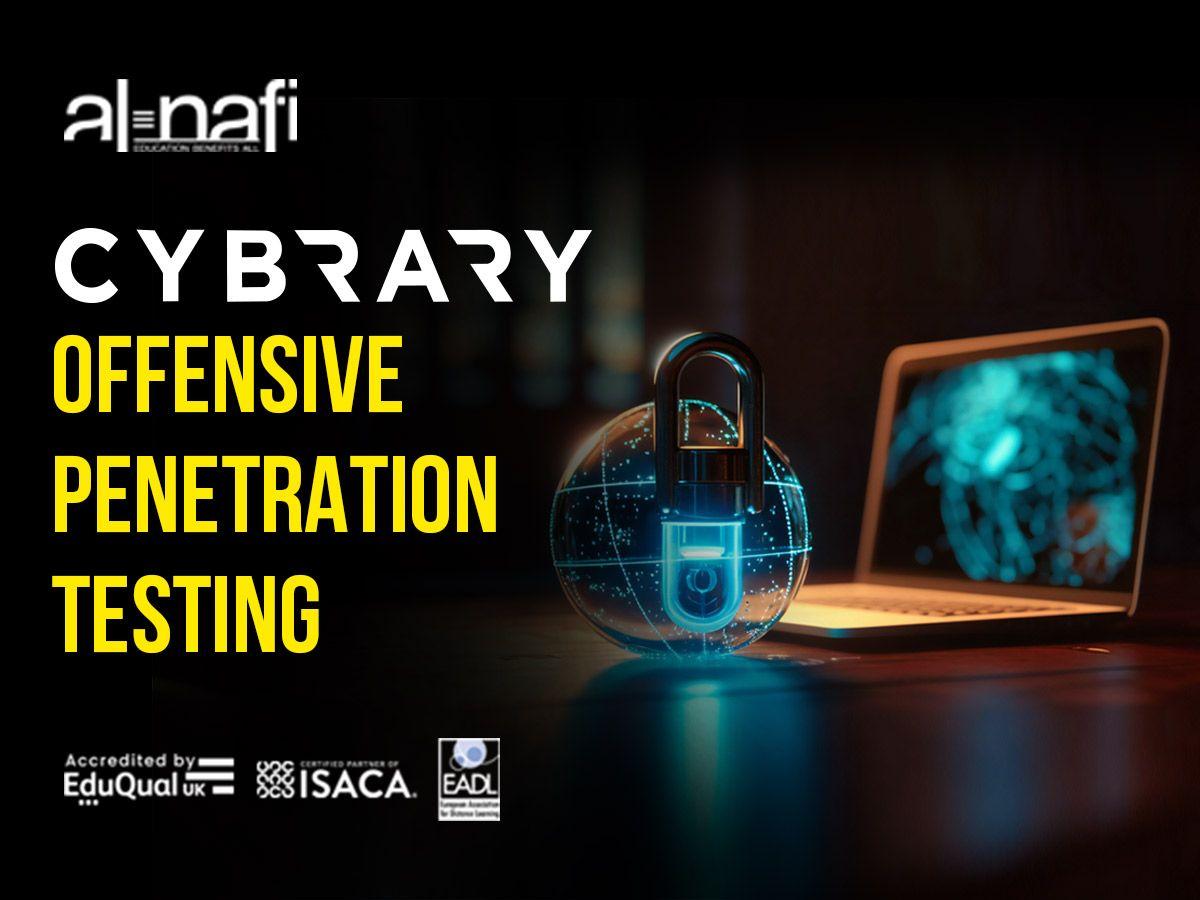How to Measure the impact of Bite-sized Learning: Proven Methods and Metrics
Bite-sized learning, often termed microlearning, has revolutionized how we acquire knowledge and skills in today’s fast-paced world.As organizations and educators increasingly embrace this flexible learning strategy, a pressing question arises: How do you measure the real impact of bite-sized learning? In this thorough guide, we’ll explore proven methods and actionable metrics to track your microlearning outcomes, enhance your course effectiveness, and showcase learning ROI.
Table of Contents
- What Is Bite-Sized Learning?
- Benefits of Measuring Microlearning Impact
- Proven Methods to Measure Bite-Sized Learning Impact
- Essential Metrics for Microlearning Effectiveness
- Practical Tips to Enhance Measurement
- Case Study: Real Results of Bite-Sized Learning
- Conclusion
What Is Bite-Sized Learning?
Bite-sized learning,also known as microlearning,is an instructional approach that delivers facts in short,focused bursts—usually lasting from one to ten minutes.this format is perfect for today’s mobile-driven, attention-limited learners, allowing them to engage with content at their own pace and convenience. Whether it’s rapid videos, interactive quizzes, flashcards, or infographics, microlearning modules aim to maximize retention and minimize cognitive overload.
Why Is Microlearning Trending?
- Versatility: Learning fits into busy schedules.
- Retention: Short, focused material is easier to remember.
- On-demand Access: Bite-sized courses can be accessed anytime, anywhere.
- Higher Engagement: Interactive, concise material holds learners’ attention.
Benefits of Measuring Microlearning Impact
Understanding and measuring the impact of bite-sized learning brings several organizational and educational benefits:
- Evidence-Based Decisions: Data-driven insights help strengthen your learning strategy.
- Continuous Improvement: Pinpoint gaps and iteratively improve course effectiveness.
- Increased ROI: Justify investments and optimize resources.
- Enhanced Learner Outcomes: Ensure your microlearning boosts knowledge and skills.
Proven Methods to Measure Bite-Sized Learning Impact
For impactful microlearning, it’s crucial to go beyond completion rates. Let’s explore the most effective evaluation models and techniques tailored for bite-sized learning.
1. the Kirkpatrick Model
The Kirkpatrick Model remains a gold standard for assessing learning effectiveness, scalable for microlearning:
- Reaction: Do learners find the microcontent relevant and engaging?
- Learning: Are knowledge or skills acquired as an inevitable result of the course?
- Behavior: Can learners apply their new knowledge on the job?
- results: How do learning outcomes translate into organizational success?
Each level can be adapted with short polls, pre/post quizzes, learner feedback, and business KPIs.
2. Learning Analytics
Leverage learning management systems (LMS) or learning experience platforms (LXPs) to gather actionable analytics,such as:
- Content engagement rates
- Time spent per module
- Repeat visits and review frequency
- Quiz scores and knowledge checks
3. Skills Assessments
Short,scenario-based tasks before and after microlearning segments can objectively measure skill acquisition and retention.
4. Surveys and Feedback
Gather immediate feedback with concise surveys or Net Promoter Score (NPS) tools to evaluate learner satisfaction and perceived relevance.
Essential Metrics for Microlearning Effectiveness
Selecting the right metrics is key to accurately measuring the impact of bite-sized learning. here are the most valuable metrics you should track:
Key microlearning Metrics
- Engagement Rate: The percentage of learners actively interacting with content (views, clicks, comments).
- Completion Rate: The number of learners who finish all modules versus those who start.
- Time to Competency: How quickly learners demonstrate they have mastered the targeted skill.
- Knowledge Retention: Pre- and post-assessment score improvements, or periodic follow-up quizzes.
- learner Satisfaction Scores: Ratings and qualitative feedback from course participants.
- Application Rate: The percentage of learners who actively apply new skills in real-world scenarios or job tasks.
- Performance Improvement: Tangible changes in business or educational KPIs (e.g., reduced error rates, increased sales).
- Long-Term Impact: Follow-up studies or interviews to evaluate knowledge/skills sustainability over time.
Practical Tips to Enhance Measurement
Even small adjustments in your approach can make a big difference. Here are some expert tips to refine your microlearning measurement strategy:
- Integrate Assessments Seamlessly: use interactive quizzes and instant feedback after each micro-lesson.
- Automate Data Collection: Leverage LMS/LXP analytics for real-time measurement with minimal manual effort.
- Mix Quantitative and Qualitative data: Combine engagement stats and feedback surveys for richer insights.
- Set Clear, Measurable Objectives: Define what success looks like before launching each bite-sized module.
- Monitor Over Time: Don’t just look at immediate results—track the longer-term application and retention to validate true impact.
- Share Results with Stakeholders: Use visual dashboards and reports to keep all team members informed about microlearning effectiveness.
case Study: Real Results of Bite-Sized Learning
Let’s look at a real-world example that illustrates the measurable impact of microlearning:
Case Study: Enhancing Software training with Microlearning
A global retail company faced low adoption rates for a new internal software tool. Conventional e-learning modules saw high dropout rates and minimal skill transfer. By introducing bite-sized learning modules—two-minute video tutorials, interactive flashcards, and quick challenge quizzes—engagement soared:
- Engagement rate doubled within one month.
- Completion rate increased from 45% to 82%.
- Average time to competency decreased by 30%.
- Follow-up surveys showed a 40% increase in confidence using the new software tool.
By leveraging targeted metrics, the company not only proved their ROI but also uncovered actionable insights to further enhance their microlearning approach.
Conclusion
Measuring the impact of bite-sized learning is both an art and a science. By applying proven methods like the Kirkpatrick Model,harnessing learning analytics,and focusing on actionable metrics,organizations and educators can track and maximize the effectiveness of microlearning. With the right approach, you can move beyond guessing and confidently demonstrate the value of your bite-sized learning initiatives. Start integrating these best practices today to unlock data-driven success and superior learner outcomes.
Ready to revolutionize your learning strategy?
Implement these proven measurement methods and metrics to transform your microlearning initiatives, ensuring every minute counts and every learner succeeds.

